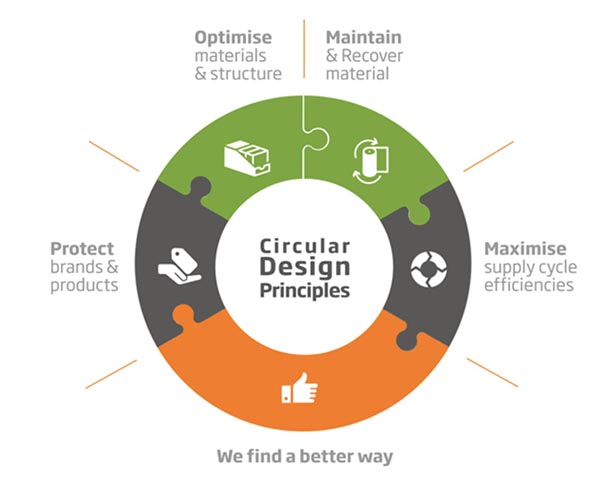Every now and then, I like a “feel good” environmental story. Sure, companies often do the right thing for the wrong reasons, such for competitive posturing or good PR. However, beneficiaries of those efforts (i.e., the ozone layer, indigenous peoples, protected habitats, and endangered wildlife) don’t care about motives. They just reap the benefits. So here’s a quick “good news” read about five initiatives in the paper industry to make you feel good this morning (as reported by the Paper and Packaging Board).
Joining a Global Mission: Some of the world’s biggest paper and packaging suppliers, including HP, International Paper, and Kimberly-Clark, have joined the World Wildlife Fund (WWF)’s new initiative, Forests Forward. The mission of the organization is to “stop deforestation and forest degradation and protect biodiversity while promoting sustainable livelihoods.” That sounds like a lot of mumbo jumbo, but in street language, it means that these companies are joining forces and tapping into common best practices and science-based strategies to accomplish things that no one company can do on its own. Projects include collaboration on responsible sourcing for pulp in North America (i.e., no use of fiber coming from indigenous forests), a commitment by HP to zero deforestation for paper and paper-based packaging in South America, and support for sustainable forest management and certification in Russia, among others.
Protecting Endangered Wildlife: Domtar and the American Forest Foundation (AFF) are working together to protect at-risk or endangered wildlife, especially in the Southeastern United States. The program began with a pilot project in Alabama that focused on the management of the longleaf pine, home to more than 800 plant and animal species. The initiative offered technical and financial resources to help landowners make habitat improvements in exchange for 10 years of research access for the purpose of doing low-cost surveys of populations of gopher tortoises on the land. Thanks to the program, the number of known tortoise populations in the state has increased nearly four-fold. Now this biodiversity conservation model is expanding into new areas and different species.
Forestland Permanently Protected: WestRock has donated 64 acres of pristine forestland to the Mohawk Hudson Land Conservancy for permanent protection. The property, located just southwest of the confluence of the Normans Kill and the Hudson River, is not only rich ecologically, but it also rich in history as both part of the historic Corning estate and as a historically important trade route for Native Americans and early Dutch settlers. WestRock acquired the property in 1958, and the land has remained largely undisturbed since. Now it will remain that way.
Helping Landowners Achieve Certifications: Evergreen Packaging was recently recognized for its leadership in sustainable forest management and for its work in helping family forest landowners increase their access to forest certification programs. Partnering with the American Forest Foundation, Evergreen Packaging has helped to develop a Landscape Management Plan (LMP) for the state of South Carolina, incorporating regional priorities such as wildlife habitat, species biodiversity, and clean water supply. By adopting the LMP, landowners can reduce costs and expedite American Tree Farm Systems certification for their family forests. Evergreen Packaging is also is a founding member of the Appalachian Woodlands Alliance and has been instrumental in helping develop the Smallholder Access Program, a two-year Forest Stewardship Council pilot program targeted at southern and central Appalachia woodland owners with less than 250 acres.
Training in Circular Design: When it comes to environmental footprint, many people don’t realize that the impact of a product is largely determined during the design stage. For this reason, DS Smith collaborated with the Ellen MacArthur Foundation to design the Circular Design Principles in 2020. These include optimizing materials and structure, maintaining and recovering material, and maximizing supply chain efficiencies. With so many designers learning eco-friendly design, it’s bound to make a difference. As those designers move on to other positions at some point, they take those principles with them, spreading that knowledge throughout the industry.

These are just some of the feel-good ways the paper and packaging industry is doing its part for our environment. How about your company? How are you doing your part? Please share in the comments.















Discussion
Join the discussion Sign In or Become a Member, doing so is simple and free